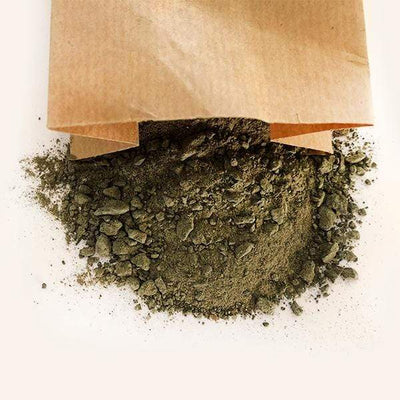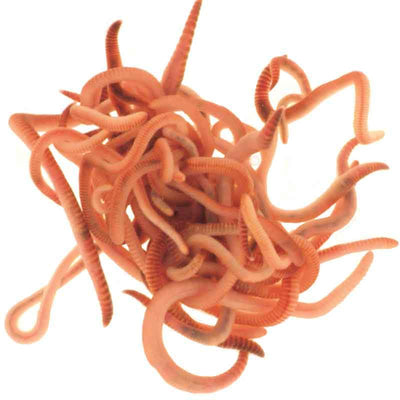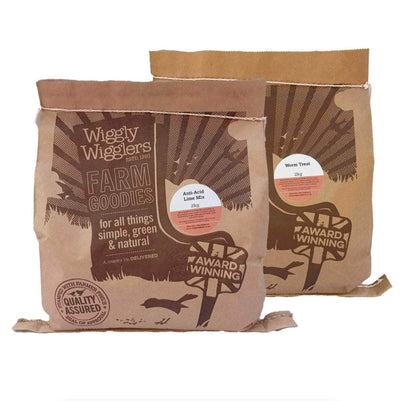The old saying that 'March comes in like a lion and out like a lamb' is certainly true; it is the transition month from winter to spring. For the gardener and wildlife enthusiast it is an exciting month watching the first shoots to show and listening to the early dawn choruses of the garden songbirds.
By the end of the month the long evenings will have arrived, and if you're lucky you may have spotted your first Swallow. The time to sit back and relax is now definitely over, so get out in the garden and start tending it. It is the time for a thorough spring clean; weed and dig over your borders and clear paths of any slippery moss. These may be boring tasks but if you don't get on top of the garden now (especially the weeds!) it will be a nightmare for the rest of the season. Your efforts now will reward you and your garden visitors for the rest of the year. By mid-March hopefully frequent sunny days provide the opportunity for an increasing range of gardening tasks. It's time to get busy preparing seed beds, sowing seed, final cutting back of winter shrubs and generally tidying up around the garden.
After a wet winter a lot of nutrients may have been washed out of the soil, so some added feeding could be necessary. Leaf litter, well-rotted manure and home-made composts can all be useful soil improvers without having to add chemical fertilizers. As temperatures rise and rainfall lessens, the soil begins to drain and become more workable, but be careful not to damage the soil structure by working soils that are too wet.
Frosts can still be a hazard, so stay vigilant and keep vulnerable plants protected at night if frost is forecast. March winds are also notorious for their ferocity so check exposed plants are well supported. Clean and repair your garden tools, book the lawn mower in for a service and check garden furniture for any rot. When it is warm enough, treat sheds, fences and trellis with wood preservative. A sprayer may help with tricky trellises.
Top 10 gardening jobs in March
1. Plant asparagus crowns, Jerusalem artichokes, garlic, onion sets, shallots and strawberry plants. Start chitting seed potatoes and plant early varieties towards the end of the month.
2. Protect new spring shoots from slugs – try and avoid slug pellets. Experiment with traps, physical protection or nematodes (tiny parasitic worms that devour slugs).
3. Plant summer-flowering bulbs and deadhead daffodils as they fade, but allow the foliage to die down naturally.
4. This will be your last chance before the autumn to plant a new bare rooted native hedge. Make sure you consider species that will make your hedge edible.
5. Make new beds and borders - mark the shape with sand trickled from a bottle, remove the top layer of growing vegetation and dig the ground over, incorporating as much organic matter as possible.
6. Remove one or two inches of compost from containers with permanent planting and top- dress with fresh compost.
7. Check wormeries and compost bins to make sure they have not become wet and compacted. Use shredded paper to add some air.
8. If you have a pond, start feeding fish and using the pond fountain; remove pond heaters.
9. Open the greenhouse or conservatory doors and vents on warm days.
10. Prune fruit before it comes into growth. This includes apples, pears, gooseberry and currants.
March Birdlife
March is the start of a very busy time for our garden birds. Some will be starting to build their nests to get an early start to the breeding season, others which have been over-wintering here will be starting to head north, whilst our summer visitors will be starting their long trip back, with many having to come from Sub-Saharan Africa.
Although it is the start of spring there will be a shortage of natural foods for our garden birds as winter berry stocks will have been eaten and many insects will not yet have emerged. This makes it important for you to keep your bird feeders well topped-up at this time. Also you can start to put out nesting materials that the birds can gather. Clumps of pet hair for tits, small twigs for Blackbirds and Collared Doves and even a little pile of moss that you've cleared from your path will help birds line their nests.
You'll really start to notice the increased volume of song from the birds. It may be the constant twittering of House Sparrows, or the incessant tee-cher of the Great Tit, or at the end of the month the chiff-chaff, of you've guessed it, our commonest garden warbler, the Chiffchaff!
Hedgehogs, amphibians and insects In March hedgehogs and frogs become active after hibernation. If you want to attract frogs, but don't have room for a pond, an alternative is to use an old plastic washing up bowl. This can be sunk halfway into the ground in a quiet and shady spot. A large stone put inside it helps frogs climb in and out. You can also attract amphibians into your garden by leaving some damp places, such as long grass and piles of stones for shelter. The first over-wintering butterflies will be seen. Small Tortoiseshells will often be found flapping in shed windows as they emerge from their winter hibernation. If you are lucky you may spot the bright yellow of the Brimstone butterfly. It's interesting to keep a note of the dates of your 'first-sightings' of spring so that you can compare the timings of arrivals in future years. Also, if you have friends and relatives in different parts of the country you can have a competition as to who sees the first Swallow! But, remember...one Swallow doesn't make a summer.
Happy gardening.
David Pitman






